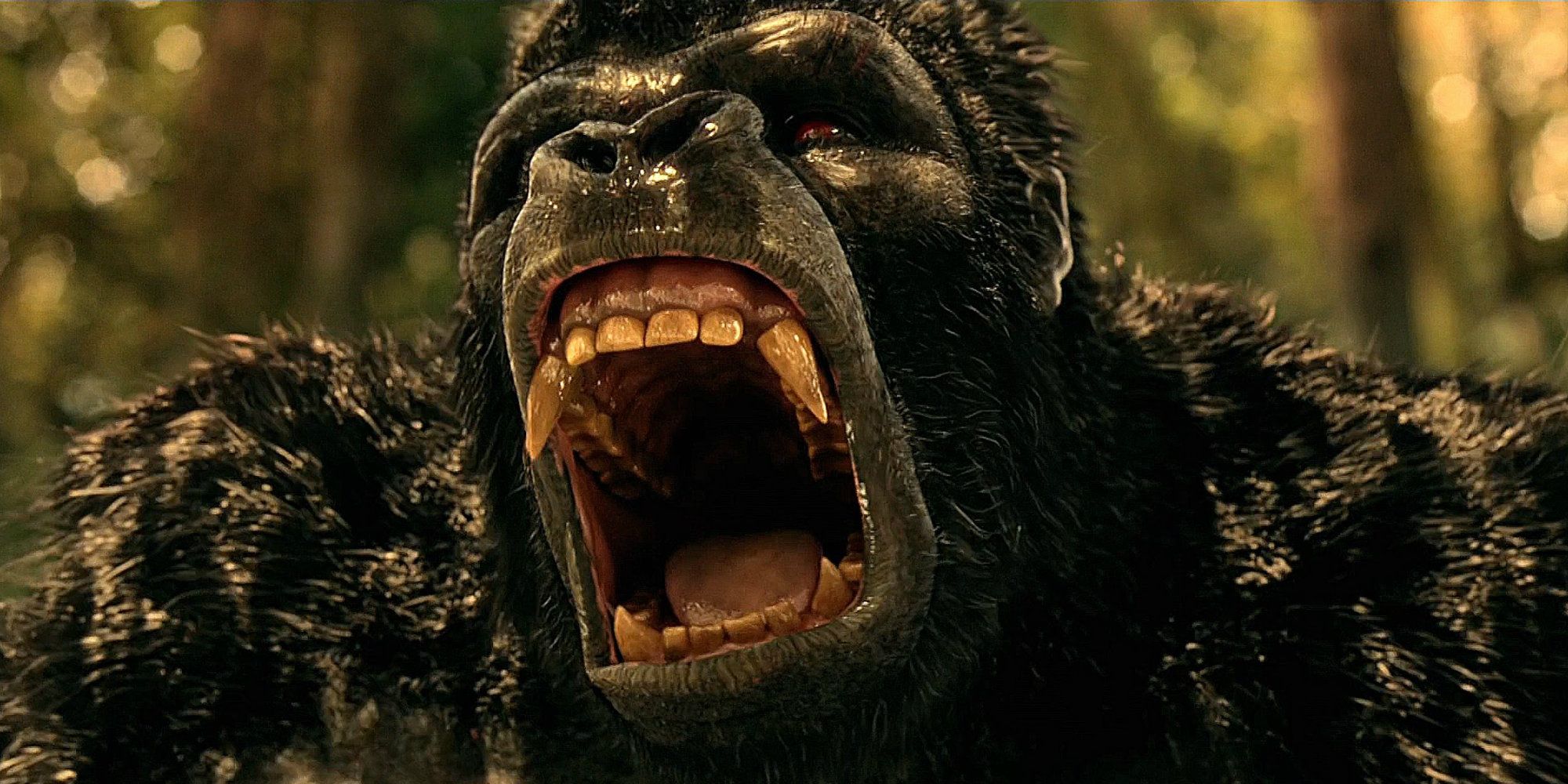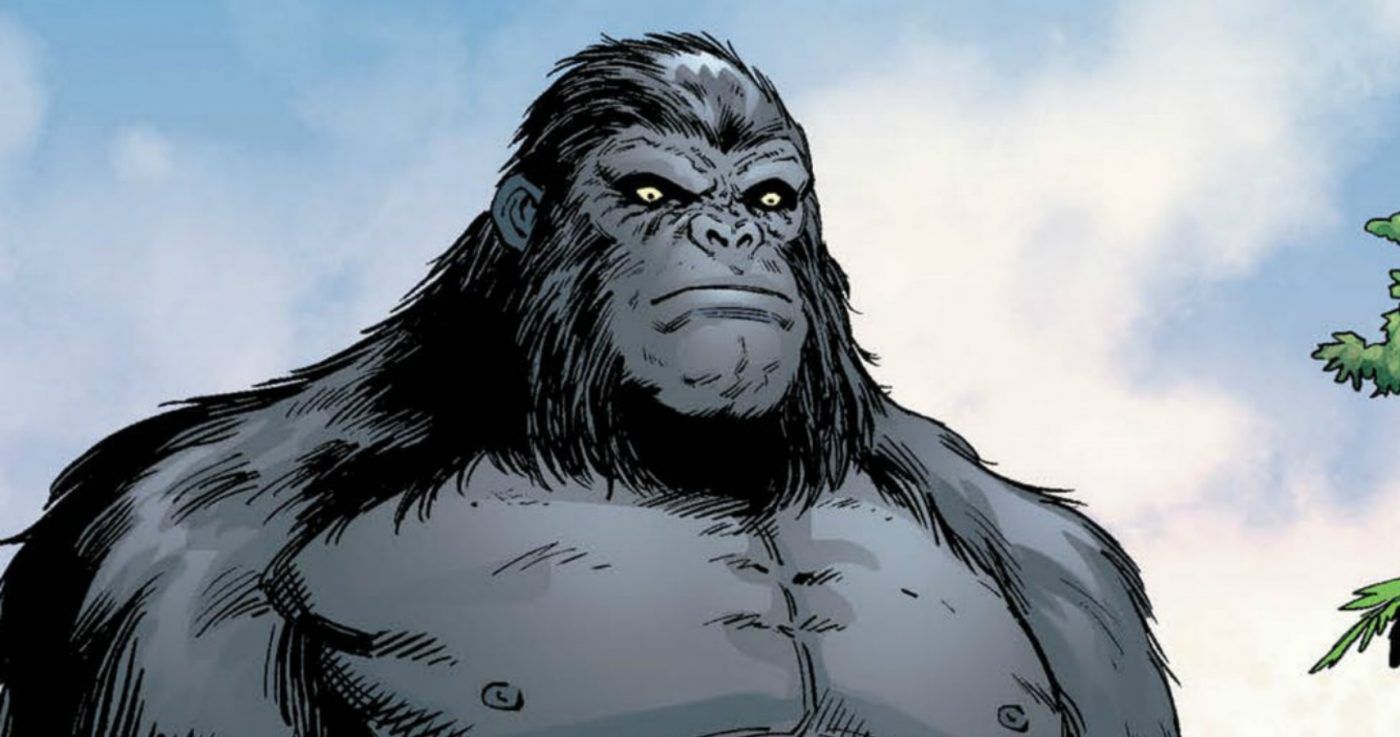It is strange just how many talking gorillas there are in DC Comics. Two or three wouldn't be unusual, but DC literally has dozens of talking gorillas that have widely different origins and rolls. The most well known are villains such as The Flash's Gorilla Grodd, Superman's Ultra-Humanite, and the Doom Patrol's Monsieur Mallah, but these three don't even begin to scratch the subject's surface. There are more than 50 talking gorillas throughout the DC Multiverse. Understanding this odd facet of the DC Universe requires a journey back into the Golden-Age of comics.
The history of talking gorillas in comics goes all the way back to the very beginning of the industry. Though the Ultra-Humanite debuted in 1939 as Superman's first supervillain, he didn't gain his iconic albino gorilla body until 1981. The sheer volume of talking gorillas in the DC Universe made tracking down the very first a difficult task, however, it appears that the first gorilla in DC Comics was a Wonder Woman villain. Giganta might be more well known now as a giantess, but she first appeared in 1944 as a gorilla hypnotized to fall in love with Steve Trevor. A handful more gorillas were featured, but the renaissance for gorillas in comics would come in the 1950s. The presence of a gorilla on a comic's cover increased sales so dramatically that a DC editor famously had to establish a rule that they would publish no more than one book with a gorilla on the cover a month to avoid repetition. Superman fought the giant ape Titano, Batman fought the Gorilla Boss of Gotham, and most famously, Flash's main nemesis became Gorilla Grodd.
Though most of the gorillas would wander in and out of comic continuity over the decades, Grodd remained a prominent fixture for the Flash. Along with Grodd, the Flash comics also introduced an entire city of intelligent Gorillas led by the benevolent King Solovar.
As evidenced above, the reason gorillas became so prominent in the DC universe has everything to do with American culture in the forties and fifties. For most of the early twentieth century, Africa was thought of as this mysterious land filled with adventure. Media such as Tarzan and King Kong were still quite popular with young people and helped to make gorillas appear like majestic brutes.
The history of gorillas in DC Comics offers an interesting look into the past of comics. The fact that an animal as specific as the gorilla is such an important aspect of the DC Universe speaks to wider cultural trends. It's no coincidence that gorillas rose to prominence in the transition between the Golden Age of Comics and the Silver Age. The new focus on science-fiction based superhero, as opposed to fantasy-based ones, made gorillas a natural contrast to the men of science leading comics at the time. The beasts' primal nature led them to become easy villains for civilized men like Superman and the Flash.
As comic villains have become more and more evil over the years, the DC Universe's talking gorillas have taken a back seat and become more comedic. Storylines such as the Justice League being turned into gorillas in JLApe: Gorilla Warfare is obviously intended to be at least a little silly. Even outside of comedy, the gorillas just haven't played much of a role recently. Somehow, the raw strength and intelligence of Gorilla Grodd and the Ultra-Humanite just doesn't seem as impressive to modern readers when multiversal threats like Darkseid or the Anti-Monitor pop up on a yearly basis. Still, though they may have stepped out of the spotlight, talking gorillas have a rich history in the pages of DC Comics, which reveals a great deal about the era they were created in.


